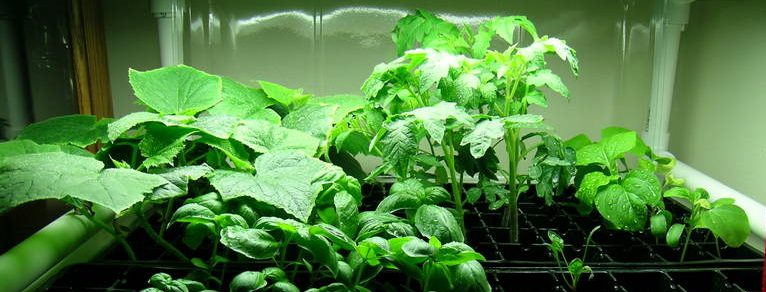Growing up in the heart of the highly-agricultural Midwest, you'd think I couldn't have helped but take an interest in growing things. Fields of corn and soybeans were abundant-- you couldn't look in any direction without seeing acre upon acre of crops.
Mothers of large families planted gardens with blocks of vegetables-- lettuce, cabbage, squash, beans, cucumbers, strawberries. Within two blocks of home one could find, in yards and along fences and alleyways, apple and pear trees, berry and grape vines, rhubarb patches.
But I was a town kid-- what did I know?
Several years ago, I had occasion to visit a residence where the homeowner was gardening in containers out on the patio. The boxes were unique, and I was told they were called EarthBoxes. A raised platform under the soil allowed moisture to be wicked up as needed and prevented overwatering. It even had a fill tube for ease of adding water, and a pre-made plastic mulch cover to shut out weeds. Upon returning home, I found the manufacturer on the internet and ordered a pair.
Tomatoes and basil that first spring were quite successful, and I was inspired to go further. I designed and built similarly-functional containers from 5-gallon plastic buckets. But summer's heat arrived, and with it, fungus and wilt. I did some web searching to try to find remedies, but found the typical answer to be "try planting resistant varieties". I became a bit disenchanted at that point, and with the coming of fall, decided to try hydroponics, since it held the promise of freedom from soil-borne pathogens.
I became aware of hydroponics after a visit to Walt Disney World several years ago, where I saw the Earth exhibit featuring various large-scale hydroponic production systems. Only after some research did I realize how many people do hydroponics at a hobbyist level. More web research ensued, and I constructed an actual, working hydroponic system, and a small greenhouse to contain it. The first attempt was lettuces and kale, which sounded like a simple, undemanding crop. I was able to glean a useable harvest from it-- until cold weather set in and I had to close up the greenhouse, that is. I was quickly introduced to a whole other dimension of garden problems-- that of greenhouse pests.
Initially, the tiny white bugs flying around seemed innocuous enough, but they multiplied rapidly, and turned my greens into a sticky, useless mess. Web searches told me I needed organic sprays and sticky traps, neither of which I could find locally. Frustration was setting in.
I stumbled across an establishment located in the city that catered to the indoor hydroponic grower. Although the owner was helpful enough, the staff was off-puttingly preachy. I decided it wasn't worth the hassle to make the trek into town, and battle the area parking situation only to find the owner out to lunch. At this point, hydroponic gardening went on the back burner altogether.
I then found another local store from which I could obtain supplies and advice, and also became interested in trying organic gardening. This past spring, I grew several starts from seed under artificial light indoors, and transplanted them to a raised bed garden I designed and built. It has proven very productive, and I will be constructing additional beds as a result.
So, why Garden Geeks Network? For one, I found there to be a dearth of websites from which I could receive useful hobbyist hydroponics information that didn't focus on the cultivation of one particular herb-- if you get my meaning. Don't get me wrong, there are a few sites out there that I have learned some things from, but it was always a piece here, a fragment there. I thought it would be interesting to try to assemble a site where I could share some of what I learned in my web travels as well as in my own back yard, plus provide a place where others so-interested could gather and share experiences in a friendly, no-BS atmosphere.
